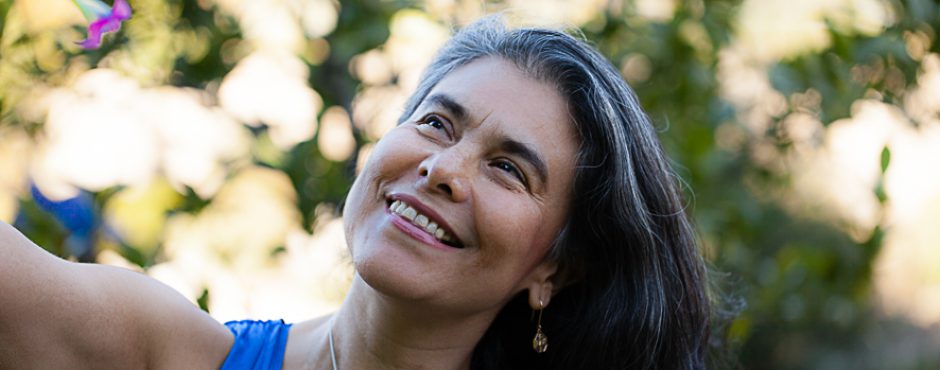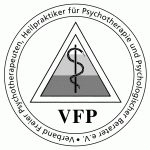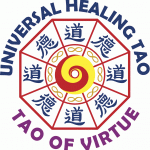Autogenous training is a relaxation method based on autosuggestion. It was developed by the Berlin psychiatrist Johannes Heinrich Schultz from the Hypnose, presented 1926 for the first time and published 1932 in his book The autogenic training. Today, the autogenic training is a widespread psychotherapy method, which is even legally recognized in Germany and Austria.
Cognitions are the focus of cognitive therapy. Cognitions include attitudes, thoughts, evaluations, and beliefs. Cognitive therapies, including cognitive therapy (CT) and Rational Emotional Behavioral Therapy (REBT), suggest that the way we think determines how we feel and behave and how we react physically . The focus of therapy is
- The awareness of cognition,
- The review of cognitions and conclusions on their adequacy,
- The correction of irrational settings and
- The transfer of the corrected attitudes into the concrete behavior.
The cognitive therapy therefore focuses on the active shaping of the perception process, because ultimately the objective reality, rather than the subjective perception of the viewing person, decides on the behavior. If the cognition is inadequate (eg, through perception selection and evaluation), the possibility of correcting affect and behavior is also impaired. Above all spontaneous and emotionally driven behavior are very influenced by the way in which a human being has structurally structured his model of the environment.
Taking one step forward together – in one-on-one and couple conversations, supplemented with elements of Taoist traditions in meditation, yoga and qigong, we pursue the following goals:
- Understand relationship issues and find out how your love relationship can work
- To better recognize and understand yourself and the partner
- Get new tools in your hand that are useful in all situations
The massage (from “massaging, touching, kneading”) is used to mechanically influence skin, connective tissue and musculature by stretching, tensile and compressive stress. The effect of the massage extends from the treated part of the body over the entire organism and also includes the psyche.
How does the massage affect your health?
- Local increase in blood flow
- Reduction of blood pressure and pulse rate
- Relaxation of the muscles
- Dissolve adhesions and scars
- Improved wound healing
- Pain relief
- Effect on internal organs via reflex arcs
- Psychological relaxation
- Reduction of stress
- Improvement of cell metabolism in tissue
- Relaxation of skin and connective tissue
- Influencing the vegetative nervous system
Skin contact, metabolic excitation and relaxation have a positive effect on the psychological condition. The massage is ideal for improving your own body perception and can be used to prevent stress and supplementary therapy for anxiety disorders or depression.
Meditation (of “meditation, contemplation, contemplation”) is a spiritual practice practiced in many religions and cultures. Through mindfulness or concentration exercises, the mind should calm down and gather. In Eastern cultures it is considered a basic and central awareness-raising exercise.
How does meditation work?
The effect of meditation is complex. Studies show the positive effects of meditation on health in the following areas:
Meditation strengthens physical health
- Reduction of hypertension, the heartbeat is slowed, breathing is deepened, muscle tension is reduced.
- Improved treatment of chronic and tension pain
- Strengthening the immune system and health
- Reduction of headaches
- Relaxing effect on stress
Meditation strengthens mental health
- Reduction of anxiety
- Reduction and better recovery during burnout and depression
- Minimize sleep disorders
- Reduction of stress tinnitus, obsessive-compulsive disorder
Meditation supports behavioral changes and / or helps with behavioral disorders
- Reduction of aggression
- Recovery of alcohol abuse
- Reduction of eating disorders
- Overcoming learning difficulties
- Improved handling of addiction
Sources:
In the case of progressive muscle relaxation (short PMR, progressive relaxation, short: PR, or deep muscle relaxation) according to Edmund Jacobson it is a relaxation procedure, by the deliberate and conscious attachment and relaxation of certain muscle groups a condition Deep relaxation of the whole body is to be achieved. In doing so, the individual muscle parts are first tensioned in a certain sequence, the muscle tension is kept short, and then the tension is released. The concentration of the person is directed at the change between tension and relaxation and the sensations that are associated with these different states. The aim of the procedure is to reduce the muscle tension below the normal level due to improved body perception. Over time, the person should learn to bring about muscular relaxation whenever they want. In addition, by relaxing the muscles, other signs of physical agitation or excitement should be reduced, such as heart palpitations, sweating or trembling. In addition, muscle tension can be tracked and loosened, thus reducing painful conditions.
The Socratic Dialogue is a question technique, which therapists use when it comes to the discussion and decision-making in the therapeutic-consultative discussion. It is a process of critically questioning arguments. Structures and patterns of behavior are to be visible, their own thinking and actions are to be understood and thus also changed.
How do the Tao practices work?
Yoga, Qigong and Tai Chi are techniques that work on body structure and body perception. In conjunction with meditation and massage, these practices lead to a new self-awareness, a more positive and responsive attitude to oneself and to one’s own body and a growing sense of one’s own health.


